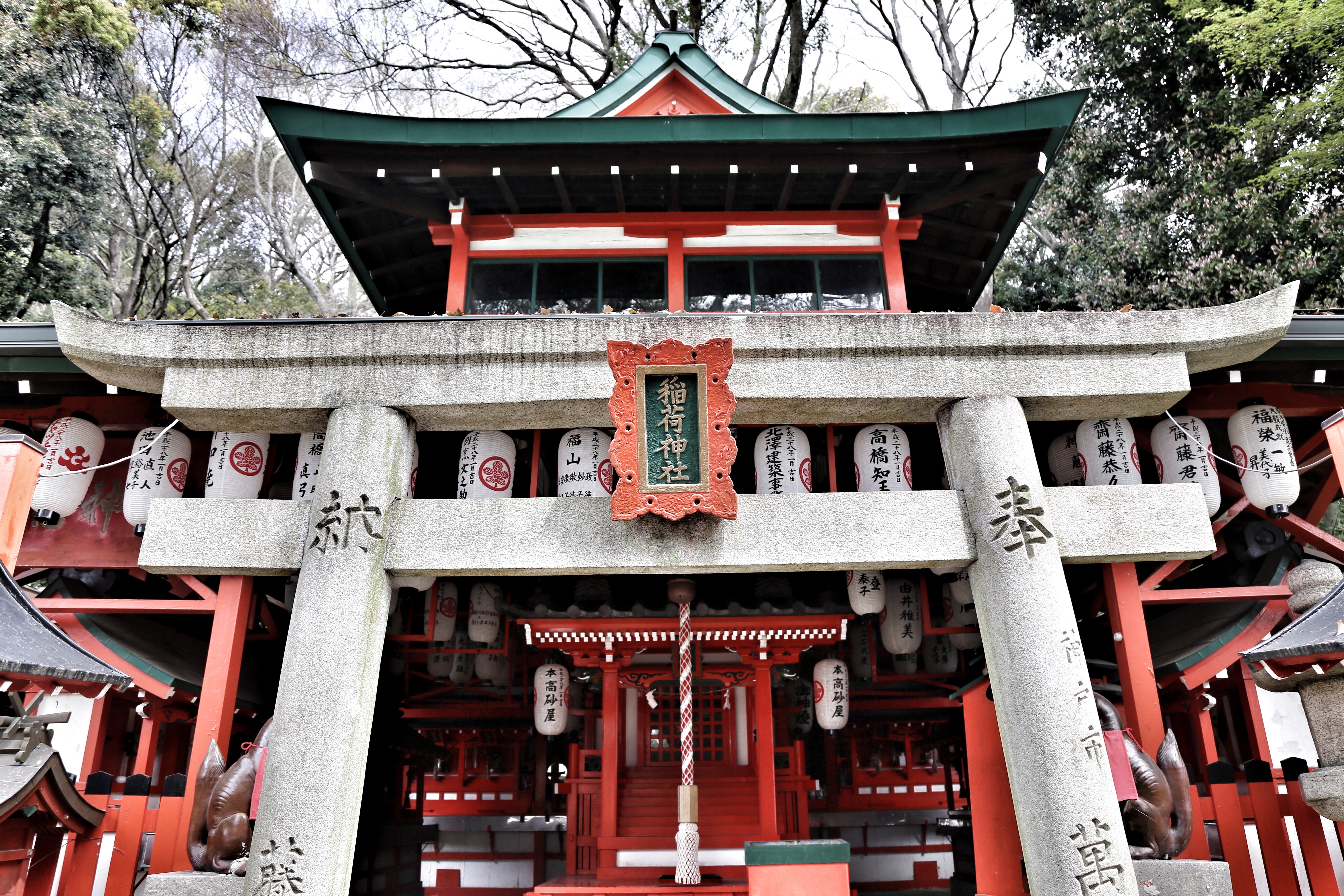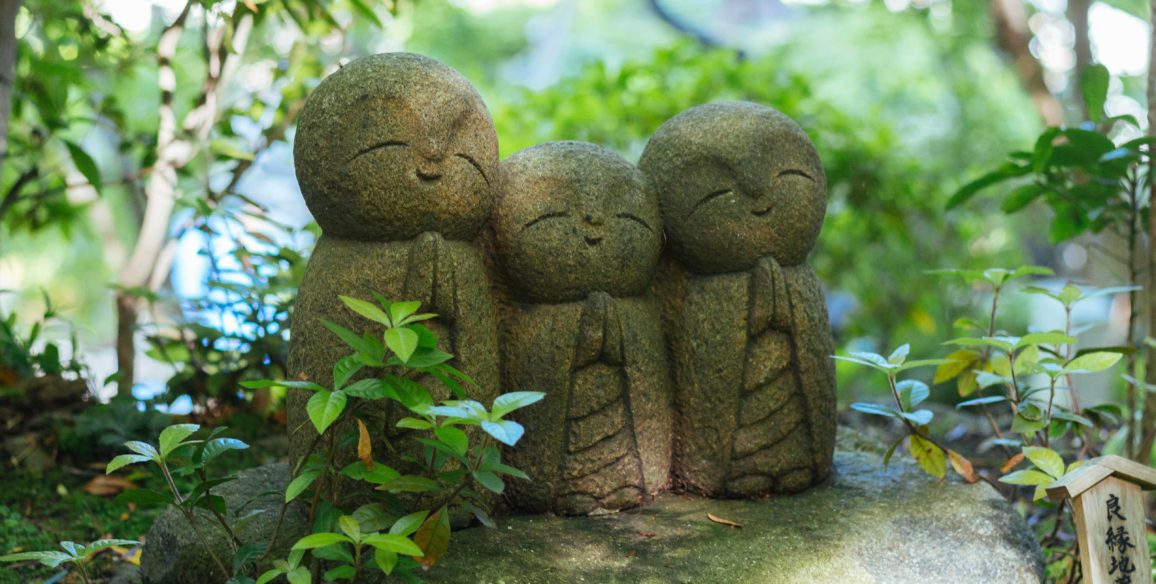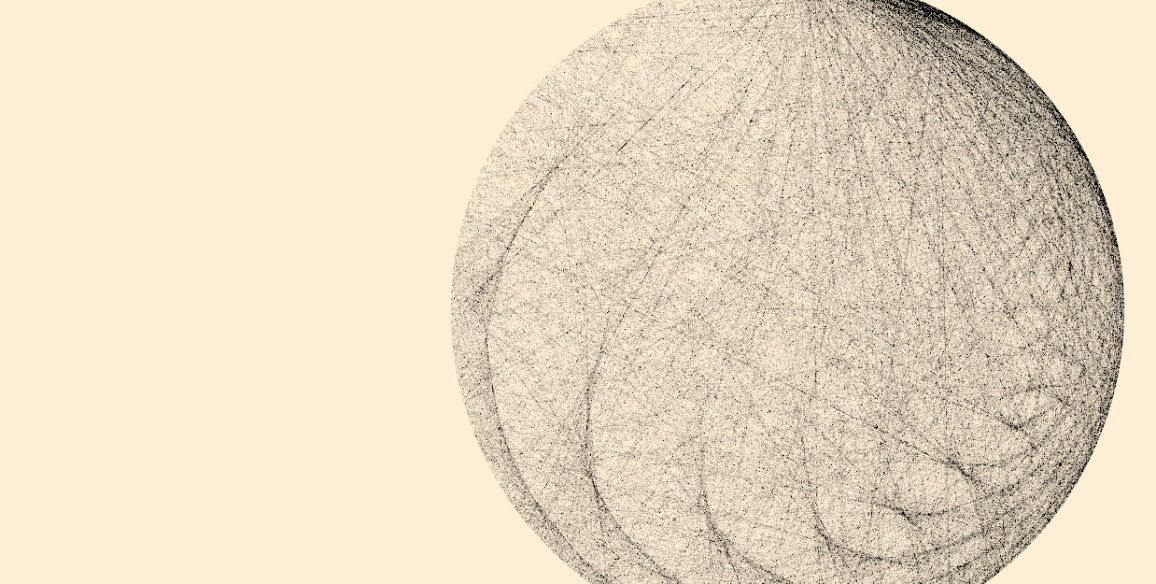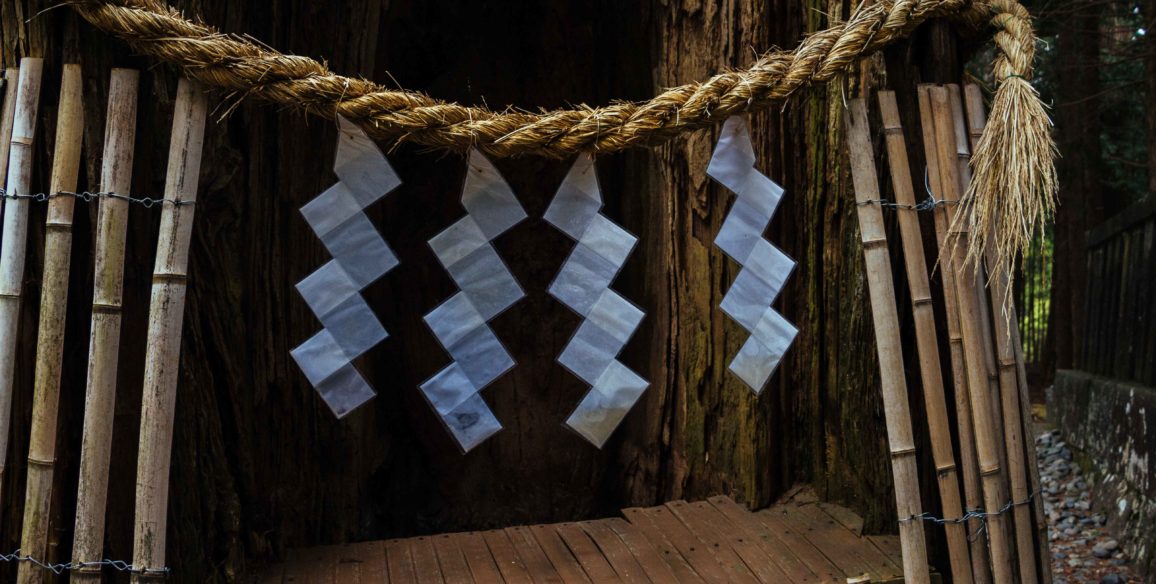
Cluster Leaders: Toshinori Ochiai, International College for Postgraduate Buddhist Studies (ICPBS) and George Keyworth, University of Saskatchewan
The field visits of Cluster 2.5 were led by Dr. Toshinori Ochiai of the ICPBS in Tokyo in 2017 and then by Dr. George Keyworth in 2018 and 2019 in tandem with cluster 2.2. The field visits for cluster 2.5 were designed to investigate how we can significantly augment digital databases of Buddhist literature in Chinese (e.g., http://cbetaonline.dila.edu.tw and http://21dzk.l.u-tokyo.ac.jp) with digitized manuscripts from old Japanese manuscript Buddhist canons and consideration for rare, xylographic printed texts and editions carved in stone. Japanese manuscripts have the potential to significantly expand our understanding of the manuscripts found in so-called library cave (no. 17) of the Caves of Unparalleled Heights near the city of Dunhuang, in China, at the turn of the 20th century. Nara, Heian and Kamakura period (8th – 14th centuries) Japanese manuscript canons complement and complete the Dunhuang manuscripts (in Chinese) and advance the long-term goal of developing critical, textual analysis of the literature of East Asian Buddhism. To serve this purpose, participants in cluster 2.5 visited sites where manuscript and printed canons are preserved, conducting on-the-spot investigations and collecting firsthand information about the production and transmission of the Chinese Buddhist Canon cataloged during the 8th century in China (see cluster 2.2). Participants in cluster 2.5 also paid close attention to the transmission of monastic biographies, scriptural catalogs, and certain well-read commentaries to the Flower Garland Sūtra 華嚴經 (60 and 80 roll translations).
In 2017, Dr. Ochiai led a team to learn how researchers in the Research Institute for Old Japanese Manuscripts of Buddhist Scriptures (RIOJMJC) at the ICPBS who have produced the Old Buddhist Manuscripts in Japanese Collections (OBMJC) Database digitize manuscripts and study the communities who copied and preserved these manuscripts. Participants visited Nanatsudera 七寺 (in Nagoya), Kongōji 金剛寺 (in Osaka), Kōshōji 興聖寺 (in Kyoto), and Iwayaji 岩屋寺 (in the Minami Chita district of Aichi Prefecture 愛知県南知多町) to investigate targeted manuscript Buddhist texts in different versions. At Iwayaji, participants examined specimens from the first woodblock printed Buddhist canon that was produced in China (971-983). The research team learned how experts from the RIOJMJC digitize manuscripts and determine the criteria for selection. Participants also learned about the invaluable work that has been completed by the RIOJMJC to digitize most of the manuscript canons from Kongōji and Nanatsudera, but not the sacred transmitted documents (shōgyō 聖教) kept alongside these canons.
In 2018 and 2019, Dr. Keyworth incorporated the research goals of cluster 2.5 into the field visits for cluster 2.2 to investigate the stone-cut edition of the Flower Garland Sūtra at Hwaomsa 華嚴寺, which legend holds dates back to the founding of the monastery by Uisang 義湘 (625-702) in 677 (probably 725). The stones were traditionally stored in the Kakhwangjeon 國皇殿, but they were severely damaged during the invasions by Toyotomi Hideyoshi 秀吉豊臣 (1592-1598). Participants also investigated the production of xylographic printed editions of the 80-roll translation of the Flower Garland Sūtra by Śikṣānanda 實叉難陀 (652-710) kept at Songgwangsa 松廣寺, which shows how this seminal translation influenced Buddhists in Korea. We also investigated the production and transmission in Korea of a particularly important commentary to the Flower Garland Sūtra: the Taebanggwang pul hwaom gyong so kwon che 26-30 大方廣佛華嚴經疏 券第二十六-三十. This is a commentary to the Avataṃsaka-sūtra in 80 rolls by Jinshui Jingyuan 晉水淨源 (1011-1088); this edition is the 120 roll (kwon 券) edition of the text. It corresponds to the 50 roll (juan) edition found in the Dai Nihon zoku zōkyō大日本續藏經 (or Xu zangjing 續藏經). This commentary is also known as the Huayan jing shuzhu華嚴經疏注 (X 2no. 34). Jingyuan further elaborated on Chengguan’s澄觀 (738-839) Commentary on the Avataṃsaka-sūtra in 80 rolls (Dafangguang fo huayan jing shu 大方廣佛華嚴經疏, T no. 1735). Songgwangsa apparently possesses the entire commentary; participants examined many rolls. At the beginning of roll 26 are four images (on eight half-pages) worth special attention. The first is titled: “Holy Images of the Oceanic Assembly of the Avataṃsaka” (Hwaom haehoe seongsang 華嚴海會聖像).
See cluster 2.2 report for details of the 2019 fieldwork concerning dhāraṇīs (spells) on pillars at Yunju temple 雲居寺 near Beijing and in the city of Chaoyang, Liaoning province, where we investigated the remarkable dhāraṇī pillar inside the North Pagoda 北塔. Participants also joined an international symposium co-sponsored with Dr. Sheng Kai (cluster 3.2) on “Stone Carved Scriptures, Belief, and Religious Life: The Ideology and Medium of the Chinese Buddhist Social Life.”
Data Collection
View 2017 digital data collection
Cluster Participants
| Affiliated Researchers | Associated Researchers |
| Blum, Mark (University of California, Berkeley) – 2017 | Lin, Peiying (Fu Jen Catholic University) – 2017 |
| Brandstadt, Max (University of California, Berkeley) – 2017 | Ochiai, Toshinori (International College for Postgraduate Buddhist Studies) – 2017 |
| Hureau, Sylvie (École pratique des hautes études) – 2017 | Tsui, Chunghui (Hong Kong University) – 2017 |
| Teiser, Stephen (Princeton University) – 2017 | |
| Yang, Zhaohua (Columbia University) – 2017 | |
| Zhai, Minhao (Princeton University) – 2017 |
Field Visit Sites
tải bản đồ - xin vui lòng chờ...
| Nanatsu-Dera 七寺 Cluster 2.5 description Cluster 2.5 2017 - Nanatsudera data collection Nanatsu-Dera, Nagoya, Japan | |
| Kongōji 金剛寺 Cluster 2.5 description Cluster 2.5 2017 - Kongoji Temple data collection Kongōji, Aichi-ken, Japan | |
| Kōshōji Cluster 2.5 description Kōshōji, Nagoya, Japan | |
| Iwayaji Temple 岩屋寺 Cluster 2.5 description Cluster 2.5 2017 - Iwayaji Temple 岩屋寺 data collection Iwayaji Temple 岩屋寺, Minamichita-chō, Japan |











